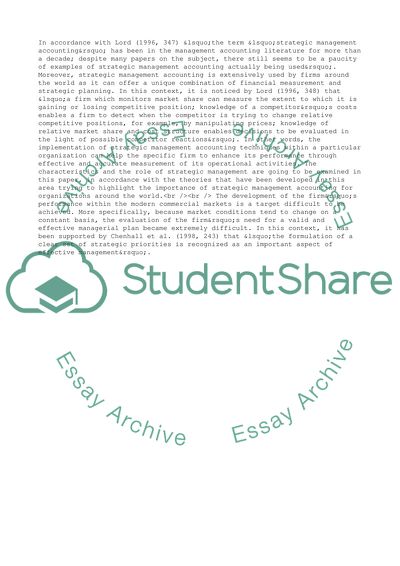Cite this document
(The Views of Different Writers on What Constitutes Strategic Term Paper, n.d.)
The Views of Different Writers on What Constitutes Strategic Term Paper. https://studentshare.org/management/1706657-the-views-of-different-writers-on-what-constitutes-strategic-management-accounting
The Views of Different Writers on What Constitutes Strategic Term Paper. https://studentshare.org/management/1706657-the-views-of-different-writers-on-what-constitutes-strategic-management-accounting
(The Views of Different Writers on What Constitutes Strategic Term Paper)
The Views of Different Writers on What Constitutes Strategic Term Paper. https://studentshare.org/management/1706657-the-views-of-different-writers-on-what-constitutes-strategic-management-accounting.
The Views of Different Writers on What Constitutes Strategic Term Paper. https://studentshare.org/management/1706657-the-views-of-different-writers-on-what-constitutes-strategic-management-accounting.
“The Views of Different Writers on What Constitutes Strategic Term Paper”. https://studentshare.org/management/1706657-the-views-of-different-writers-on-what-constitutes-strategic-management-accounting.


